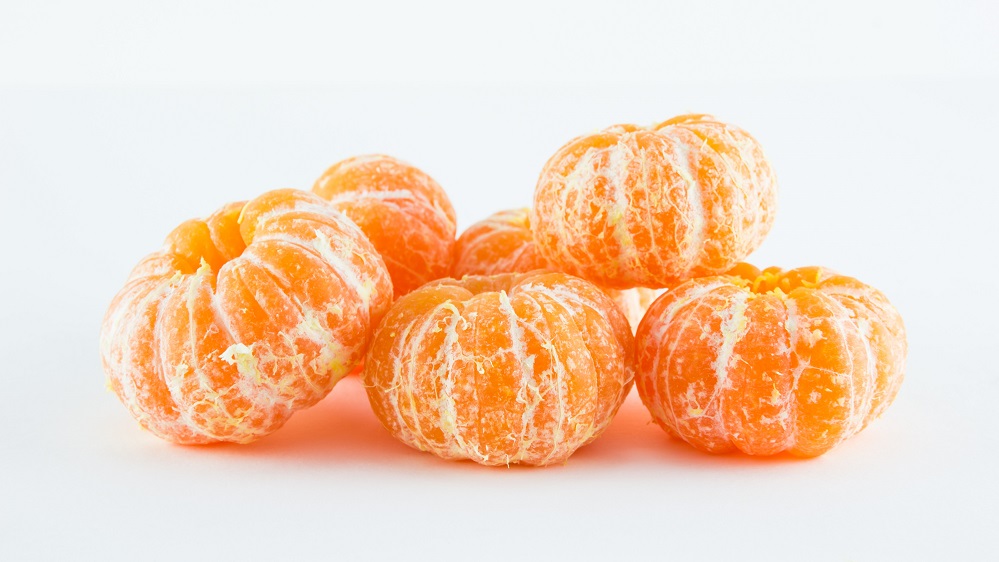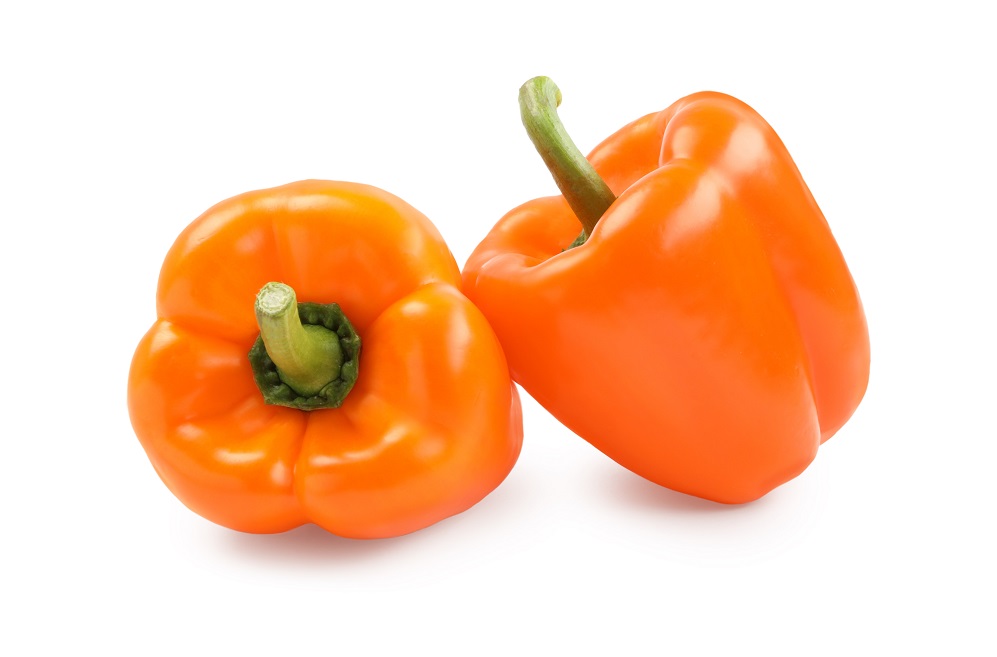While the exact color of your food has little effect on its actual nutritional profile, this is not entirely the case when organic produce and similar foods are concerned.
The vast majority of orange fruits and vegetables are found to be rich in vitamins and minerals, and as such eating plenty of orange foods is an advisable dietary choice for most modern people.
Most types of orange produce are this particular shade of color due to a unique compound that can aid epidermal cells in their function. Apart from this compound, orange foods are also found to be quite high in a certain vitamin that helps boost the human immune system, and as such orange foods can make an excellent addition to one’s diet.
Orange Fruits
Among the most popular orange fruits is the aptly named orange, of which is a circular citrus produce with a lineage that may be traced back to a cross-species interbreeding between the pomelo fruit and mandarins.
While orange fruit are the quintessential orange fruit and one of the most common kinds found throughout the world, a variety of other orange colored food may be found in various shapes and forms.
Mandarins

The mandarin orange is a subspecies of orange with a supposedly sweeter taste and a significantly smaller size. Grown primarily in tropical and sub-tropical areas of the globe, mandarins are found to be particularly high in vitamin C and various other micro vitamins required by the human body.
Kumquats
Otherwise spelled cumquats, the kumquat is quite similar to the more commonly found orange fruit in color and by its circular shape. However, much like mandarins, kumquats are distinctly smaller in shape.
Grown throughout much of central and south east Asia, the kumquat provides more than half of the recommended daily nutritional intake of vitamin C per 100 grams of fruit consumed.
Persimmons

Persimmons are a fruit cultivated primarily in China for exportation and processing. With the coloring, shape, and size of a tomato, persimmons are known to be sweeter than their tomato counterparts, with a distinctly firmer flesh once ripe.
In terms of vitamins, the persimmon provides up to 17% of a human’s daily requirement for manganese, as well as 10% of the recommended daily intake of vitamin A or its equivalents.
Cantaloupe
Cantaloupe, also known as sweet melon, is a set of melon species known for their firm and distinctly sweet flesh once ripe. With an orange inner flesh and a pale outer rind, cantaloupes are primarily produced in central Asia and parts of north Africa.
Per 100 grams of cantaloupe, a significant volume of vitamin A, vitamin C and small amounts of potassium are provided to the consumer, all of which are vitally important to the function of the human body.
Papaya

Papayas are a single species among a group of 22 trees beneath the Carica genus, with origins in Mexico and other parts of central America. Once fully ripened, the papaya presents an orange color, both in its skin and within its inner flesh.
This flesh is primarily found to be soft to the touch and has a characteristically sweet taste owing to its high sugar content and unique plethora of plant enzymes produced by its cells.
Like other fruits found in this list, the papaya provides a large volume of vitamin C if eaten, reaching up to 75% of the average human’s recommended daily intake per 100 grams consumed.
Orange Vegetables
Much like orange fruits, orange vegetables are oftentimes found to be quite rich in multivitamins and minerals, making them a colorful and excellent choice to any meal. Though not applicable to all orange-colored vegetables, a marked trend between each is the presence of a distinctly sweeter flavor than that of their non-orange counterparts.
Carrots
The carrot is one of the most common root vegetables found throughout the world. While usually possessing a characteristic orange color, certain species of carrot may present a yellow hue, a white hue, or even purple.
Eaten either raw or added to a variety of dishes or shakes, carrots present a subtly sweet flavor and crunchy texture, all the while being loaded with a significant amount of vitamin A equivalent compounds, moderate levels of vitamin K, trace levels of most vitamin B types and a helping of dietary fiber.
Bell peppers

The bell pepper is, contrary to popular belief, in fact a fruiting body, though it is considered and used as a vegetable in the culinary world. The bell pepper comes in a variety of colors depending on the particular species being grown and its relative ripeness.
In terms of nutritional value, bell peppers of the green or orange variety provide an impressive 97% of the average human’s recommended daily intake of vitamin C per 100 grams, making it an excellent addition to any vitamin smoothie.
Pumpkins
Pumpkins are a type of winter squash primarily originating from the border area between North America and Mexico. With an immediately recognizable shape, impressive size and deep orange color, pumpkins are a signature of October harvest seasons and a common ingredient in many soups, spices and desserts.
According to the U.S. department of agriculture, pumpkins provide approximately half the daily required value of Vitamin A for the average human adult, though only trace amounts of other types of vitamins and minerals.
Sweet Potatoes
The sweet potato is a root crop with a notable orange-brown skin and a tough flesh that must first be cooked prior to eating. Though they are often referred to as such, sweet potatoes are in fact not related to yams.
As is fitting to their name, sweet potatoes are a distinctly saccharine cousin of ordinary common potatoes, and provide a large volume of vitamin A, trace levels of vitamin B and a portion of dietary fiber for every 100 grams of sweet potato consumed.
Why are Some Foods Orange?
Though the particular coloring of any foods can be due to a wide variety of reasons not necessarily pertaining to the presence of certain compounds or vitamins, it is a definitive trend between orange foods and vegetables that they possess a significant presence of beta-carotene.
Beta carotene, also referred to as a vitamin A equivalent or β-Carotene, is a vital nutrient required by the human body, of which helps facilitate the function of skin, hair, and eye cells.
Apart from the presence of significant levels of beta carotene, orange fruits are also noted for oftentimes having high levels of vitamin C, which aids the function of the human immune system and prevents the development of a deficiency known as scurvy.
This is due to the fact that the majority of orange fruits belong to the citrus group of fruits, of which are known for evolving to produce high volumes of vitamin C in order to resist the effects of the environment as well as to entice animal life to consume the fruits, thereby aiding in the plant’s reproductive cycle.
References
1. Wu, Guohong Albert; Terol, Javier; Ibanez, Victoria; López-García, Antonio; Pérez-Román, Estela; Borredá, Carles; Domingo, Concha; Tadeo, Francisco R.; Carbonell-Caballero, Jose; Alonso, Roberto; Curk, Franck (February 2018). “Genomics of the origin and evolution of Citrus”. Nature
2. “Capsicum annuum (Grossum Group) (Bell Pepper, Red pepper, Sweet Pepper) | North Carolina Extension Gardener Plant Toolbox”. plants.ces.ncsu.edu.
3. Various pages retrieved from U.S. Department of Agriculture Agricultural Research Service FoodData Central (Mandarins, Kumquats, Persimmons, Cantaloupe, Bell peppers, Oranges, Pumpkins, Sweet Potatoes, Squash, Carrots) https://fdc.nal.usda.gov/index.html

Hi, I'm Dom
Dom Eats was started to help other people fall in love with food. While cooking can feel intimidating, it doesn't have to be.